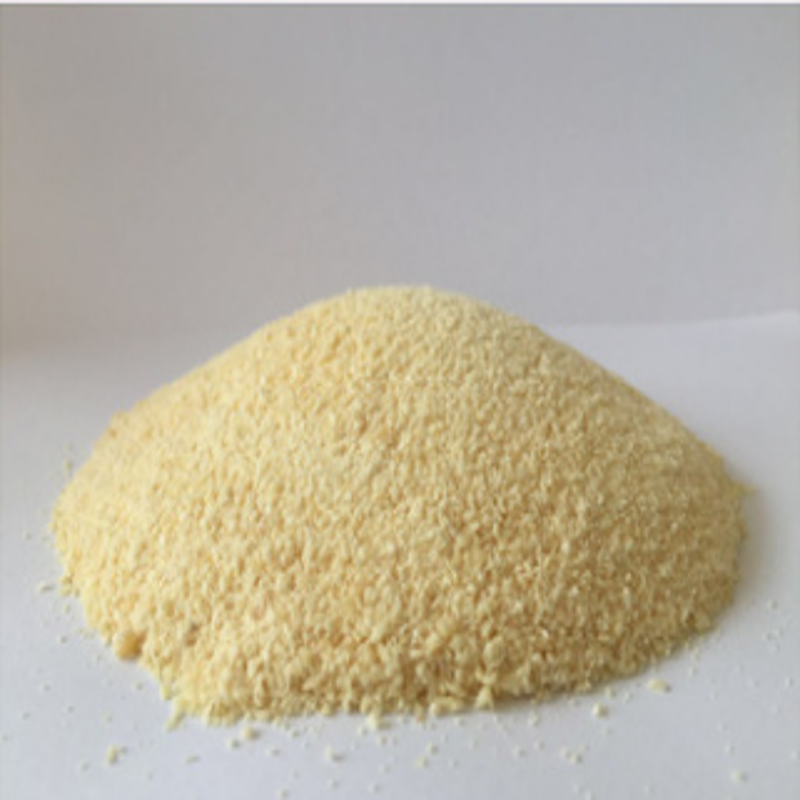Natural Products
- • Lignans (182)
- • Xanthones (46)
- • Flavonoids (454)
- • Terpenes (769)
- • Iridoid Derivatives (92)
- • Coumarin and Derivatives (121)
- • Phenols (335)
- • Steroids (103)
- • Phenylpropanoids (75)
- • Anthraquinone and Derivatives (16)
- • Chalcones (47)
- • Alkaloids (491)
- • Quinone Ring (28)
- • Sesquiterpene (228)
Related News
-
Credit Suisse triggers anxiety, international crude oil and natural gas collectively plummet
2023-03-16 -
Germany's annual natural gas imports fell by more than 10%
2023-01-17 -
Turkey announces discovery of 58 billion cubic meters of natural gas in Black Sea
2022-12-28 -
Natural gas: Sinopec and Qatar Energy signed a long-term purchase agreement
2022-12-01 -
The EU proposes to set a price ceiling of 275 euros per megawatt hour for natural gas
2022-11-24 -
German natural gas storage facility reaches 100% gas storage capacity
2022-11-22
Flavonoids
Myricetin
(529-44-2)-
food grade / 99%
-
- / 0.00%
-
-
Pharmacy Grade / 99%
Request for quotation , get quotes from more suppliers.
Myricitrin
(17912-87-7)-
-
- / 98%
-
-
Pharmacy Grade / 99%
Request for quotation , get quotes from more suppliers.
Methylophiopogonanone A
(74805-92-8)-
Industrial Grade / 99%
-
![Methylophiopogonanone A buy Methylophiopogonanone A]()
Industrial Grade / 99%
-
![R-Methylophiopogonanone A buy R-Methylophiopogonanone A]()
-
![Methylophiopogonanone A buy Methylophiopogonanone A]()
Request for quotation , get quotes from more suppliers.
Methylophiopogonanone B
(74805-91-7)-
Industrial Grade / 99%
-
![(3R)-2,3-Dihydro-5,7-dihydroxy-3-[(4-methoxyphenyl)methyl]-6,8-dimethyl-4H-1-benzopyran-4-one buy (3R)-2,3-Dihydro-5,7-dihydroxy-3-[(4-methoxyphenyl)methyl]-6,8-dimethyl-4H-1-benzopyran-4-one]()
Industrial Grade / 99%
-
![R-Methylophiopogonanone B buy R-Methylophiopogonanone B]()
-
![(3R)-2,3-Dihydro-5,7-dihydroxy-3-[(4-methoxyphenyl)methyl]-6,8-dimethyl-4H-1-benzopyran-4-one buy (3R)-2,3-Dihydro-5,7-dihydroxy-3-[(4-methoxyphenyl)methyl]-6,8-dimethyl-4H-1-benzopyran-4-one]()
Request for quotation , get quotes from more suppliers.
Morusin
(62596-29-6)-
- / 99.00%
-
Industrial Grade / 99%
-
![morusin buy morusin]()
Industrial Grade / 99%
-
![morusin buy morusin]()
Industrial Grade / 99%
Request for quotation , get quotes from more suppliers.
Source Flavonoids Products Supply
Myricetin 3-O-galactoside
(15648-86-9)-
Industrial Grade / 99%
-
![Myricetin 3-O-galactoside buy Myricetin 3-O-galactoside]()
Industrial Grade / 99.0%
-
![Myricetin 3-O-galactoside buy Myricetin 3-O-galactoside]()
-
![Myricetin 3-O-galactoside buy Myricetin 3-O-galactoside]()
Request for quotation , get quotes from more suppliers.
-
- / 99.00%
-
![2-(3,5-Dihydroxy-4-methoxyphenyl)-3,5,7-trihydroxy-4H-1-benzopyran-4-one buy 2-(3,5-Dihydroxy-4-methoxyphenyl)-3,5,7-trihydroxy-4H-1-benzopyran-4-one]()
Industrial Grade / 99.0%
-
![2-(3,5-Dihydroxy-4-methoxyphenyl)-3,5,7-trihydroxy-4H-1-benzopyran-4-one buy 2-(3,5-Dihydroxy-4-methoxyphenyl)-3,5,7-trihydroxy-4H-1-benzopyran-4-one]()
-
![2-(3,5-Dihydroxy-4-methoxyphenyl)-3,5,7-trihydroxy-4H-1-benzopyran-4-one buy 2-(3,5-Dihydroxy-4-methoxyphenyl)-3,5,7-trihydroxy-4H-1-benzopyran-4-one]()
Industrial Grade / 99%
Request for quotation , get quotes from more suppliers.
-
![MEARNSITRIN buy MEARNSITRIN]()
-
![2-(4-Methoxy-3,5-dihydroxyphenyl)-3-(6-deoxy-α-L-mannopyranosyloxy)-5,7-dihydroxy-4H-1-benzopyran-4-one buy 2-(4-Methoxy-3,5-dihydroxyphenyl)-3-(6-deoxy-α-L-mannopyranosyloxy)-5,7-dihydroxy-4H-1-benzopyran-4-one]()
-
![MEARNSITRIN buy MEARNSITRIN]()
Industrial Grade / 99%
-
![2-(3,5-Dihydroxy-4-methoxyphenyl)-5,7-dihydroxy-4-oxo-4H-chromen- 3-yl 6-deoxy-α-L-mannopyranoside buy 2-(3,5-Dihydroxy-4-methoxyphenyl)-5,7-dihydroxy-4-oxo-4H-chromen- 3-yl 6-deoxy-α-L-mannopyranoside]()
Request for quotation , get quotes from more suppliers.
-
![Mirabijalone D buy Mirabijalone D]()
- / 95%
-
![Mirabijalone D buy Mirabijalone D]()
-
![Mirabijalone D buy Mirabijalone D]()
Industrial Grade / 99%
-
Request for quotation , get quotes from more suppliers.



















![(3R)-2,3-Dihydro-5,7-dihydroxy-3-[(4-methoxyphenyl)methyl]-6,8-dimethyl-4H-1-benzopyran-4-one buy (3R)-2,3-Dihydro-5,7-dihydroxy-3-[(4-methoxyphenyl)methyl]-6,8-dimethyl-4H-1-benzopyran-4-one](https://file.echemi.com/fileManage/upload/cas/29/42b7a260-ea69-4d92-b836-86a0d18f40ab.gif)












